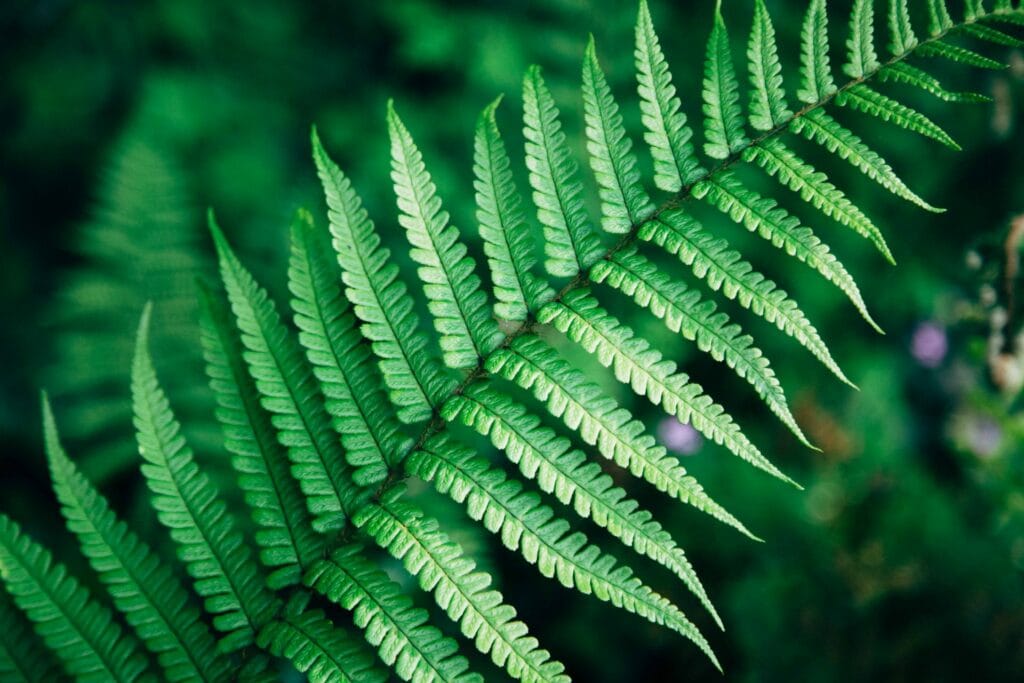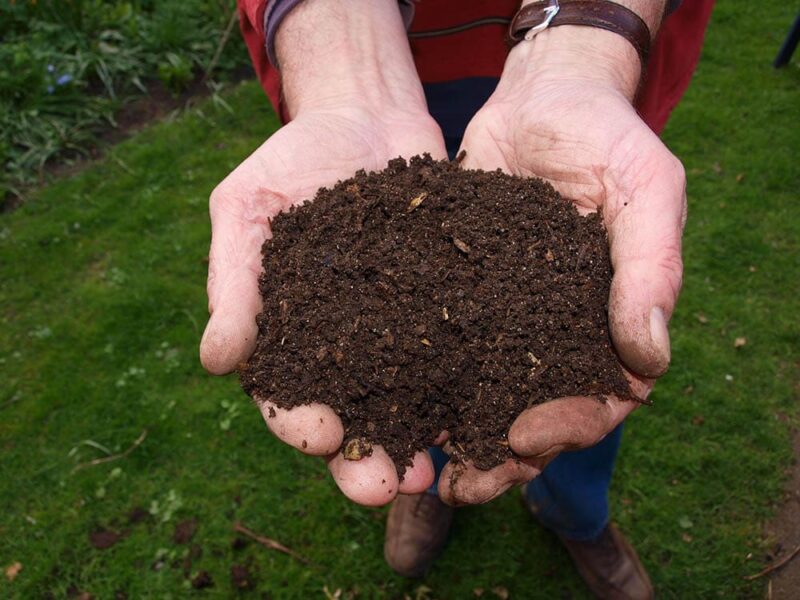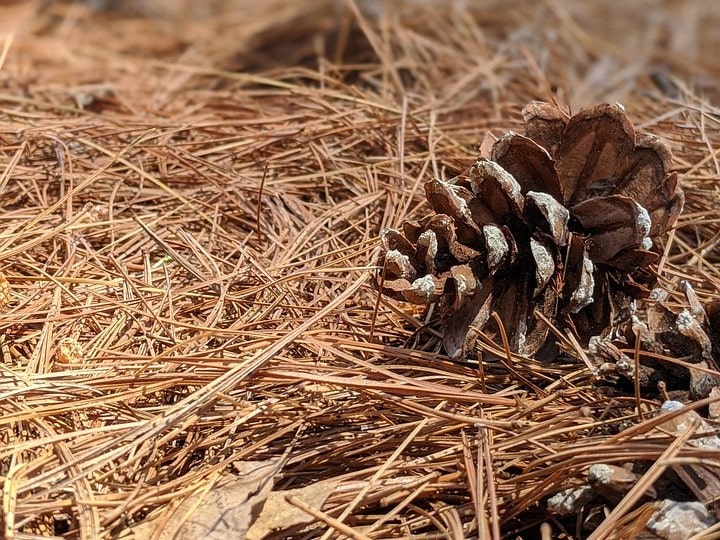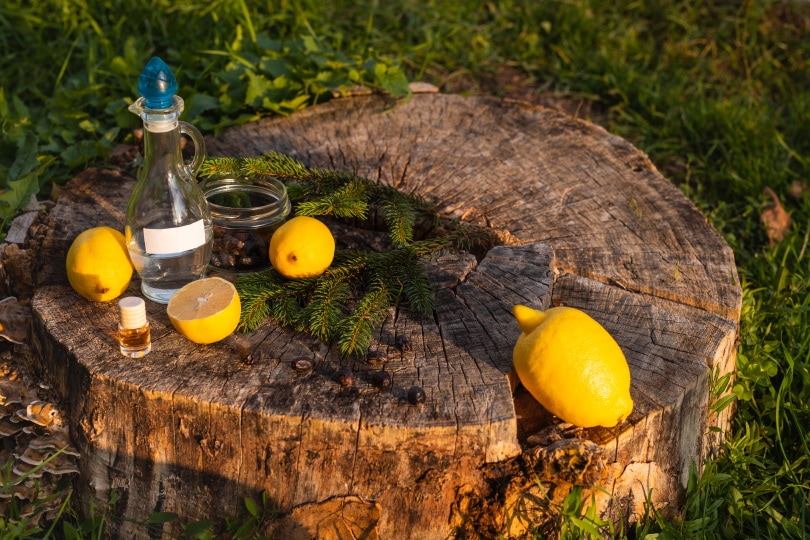Do Ferns Like Acidic Soil? What pH Do They Prefer?
-
Pete Ortiz
- Last updated:

Ferns are their own unique group of plants that do not include any other types of plants. They are ancient, having been around for more than 300 million years, and they reproduce via spores like fungi rather than by seeds like most other plants.
There are thousands of different species of fern and many of them are considered easy to grow. While some prefer neutral or even alkaline soil, many do prefer acidic soil. Below, we look at the preferences of some common types of fern, as well as ways that you can control the acidity of your soil and some other ideal growing conditions for this unique type of plant.
Do Ferns Like Acidic Soil?

There are more than 10,000 species of fern, and they all have different growing requirements and preferences. As such, while some do prefer slightly acidic soil, there are also those that prefer neutral or alkaline soil. You will need to determine the kind of fern you have to be able to ascertain what pH of soil it prefers.
Species of Ferns That Prefer Acidic Soil
- Some ferns like soil with low pH, even as low as 5.0. Such species include sword ferns and flowering ferns.
- American climbing ferns and Japanese tassel ferns are said to prefer moderately acidic soil with a pH between 5.0 and 6.5, and so too do cinnamon ferns and ostrich ferns.
- Holly ferns do like mildly acidic soil but can tolerate a pH of up to 7.8 which means that these can grow in either acidic or alkaline soil.
5 Ways to Make Soil More Acidic
If you have a fern that prefers acidic soil and you need to lower the pH of the earth it resides in, there are some steps you can take to do this. First, you will need to measure the pH of your soil which can be done with a soil pH testing kit. You should also avoid doing anything in a bid to try and quickly change the pH of the soil. The process takes time if you want to ensure that the results last and that you don’t do any damage to plants or other vegetation in the area.
Below are five techniques you can use to lower pH and make soil more acidic.
1. Add Sulphur

It can take weeks or even months but adding sulfur dust will help to gradually and safely bring down the pH of your soil. You can also get sulfur chips that act as mulch while also helping make the soil more acidic.
2. Compost

Compost balances soil pH and it tends to leave you with a neutral pH. So, if you have highly alkaline soil and want something closer to neutral or slightly acidic, use a good quality organic compost and add it to your topsoil to gradually enjoy the desired results. You can add leaf mold or ericaceous compost, or use another commercial organic compost.
3. Use Pine Needles

Pine needles break down slowly and, as they do so, they will turn an alkaline soil more acidic. They also act as an effective mulch helping the soil retain moisture and preventing weeds from growing around your ferns. A lot of ferns enjoy a damp environment, so moisture retention in the soil is important.
4. Add Cottonseed Meal

Cottonseed meal is another mulch option that helps with moisture retention and makes the soil more acidic. It is a by-product that is produced in the cotton industry and is readily available in some areas but difficult to get hold of in others. If it is available, you could have a substantial source of mulch available to you.
5. Use Acidifying Liquid Feeds

You can buy acidifying liquid feeds or, alternatively, add small amounts of lemon juice or vinegar to water and add this to the soil and your plants. Dilute 1 cup of vinegar in one gallon of water before using this acidic solution.
Conclusion
There are thousands of species of fern, and they all have slightly different growing requirements and soil preferences. But it is true that some ferns prefer an acidic growing environment over alkaline soil.
Measure the pH of your soil and, if you need to make your soil more acidic, introduce acidic compounds like sulfur or even vinegar at safe levels and gradually over time.
See also:
Featured Image Credit: mike-erskine, Unsplash
Contents


